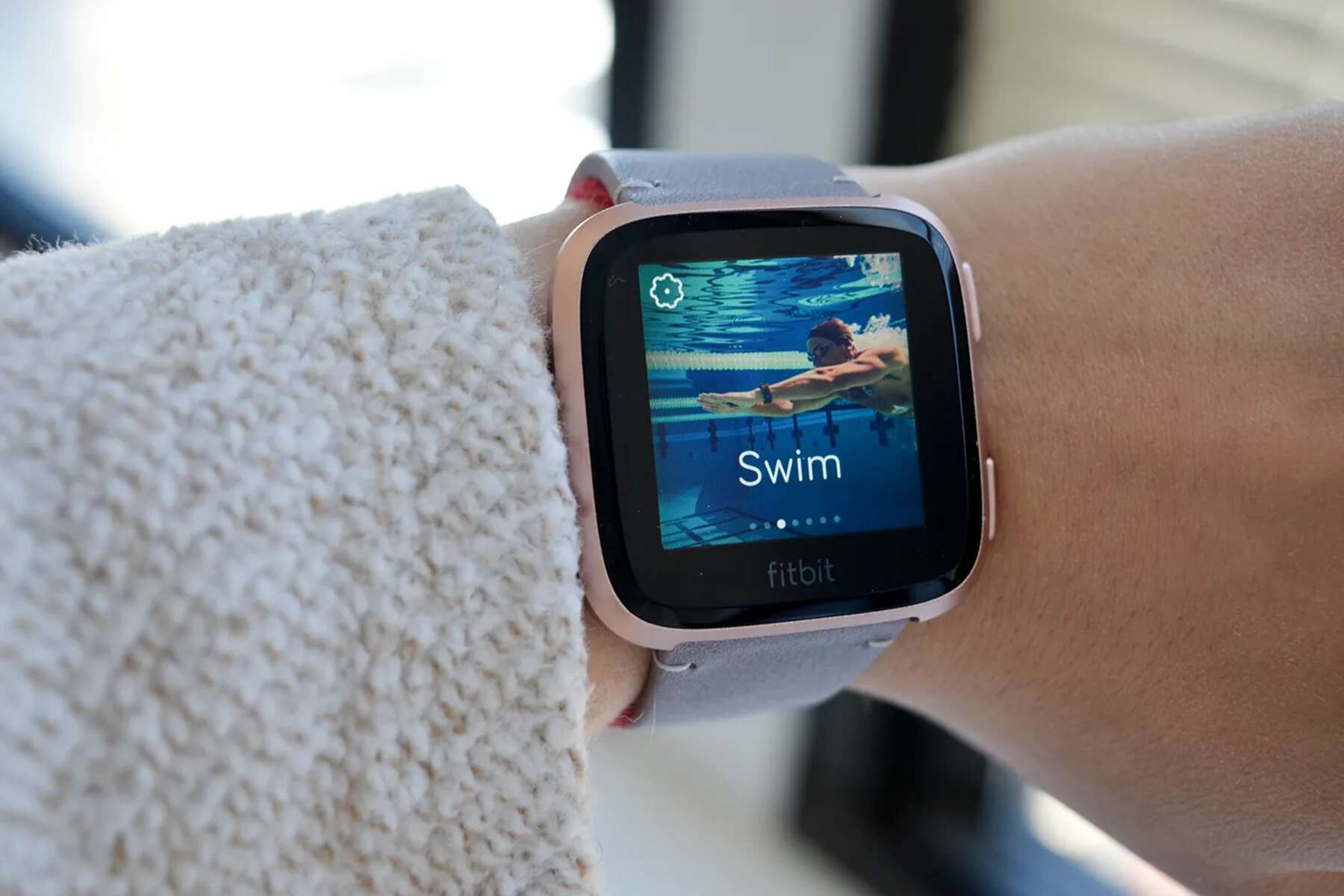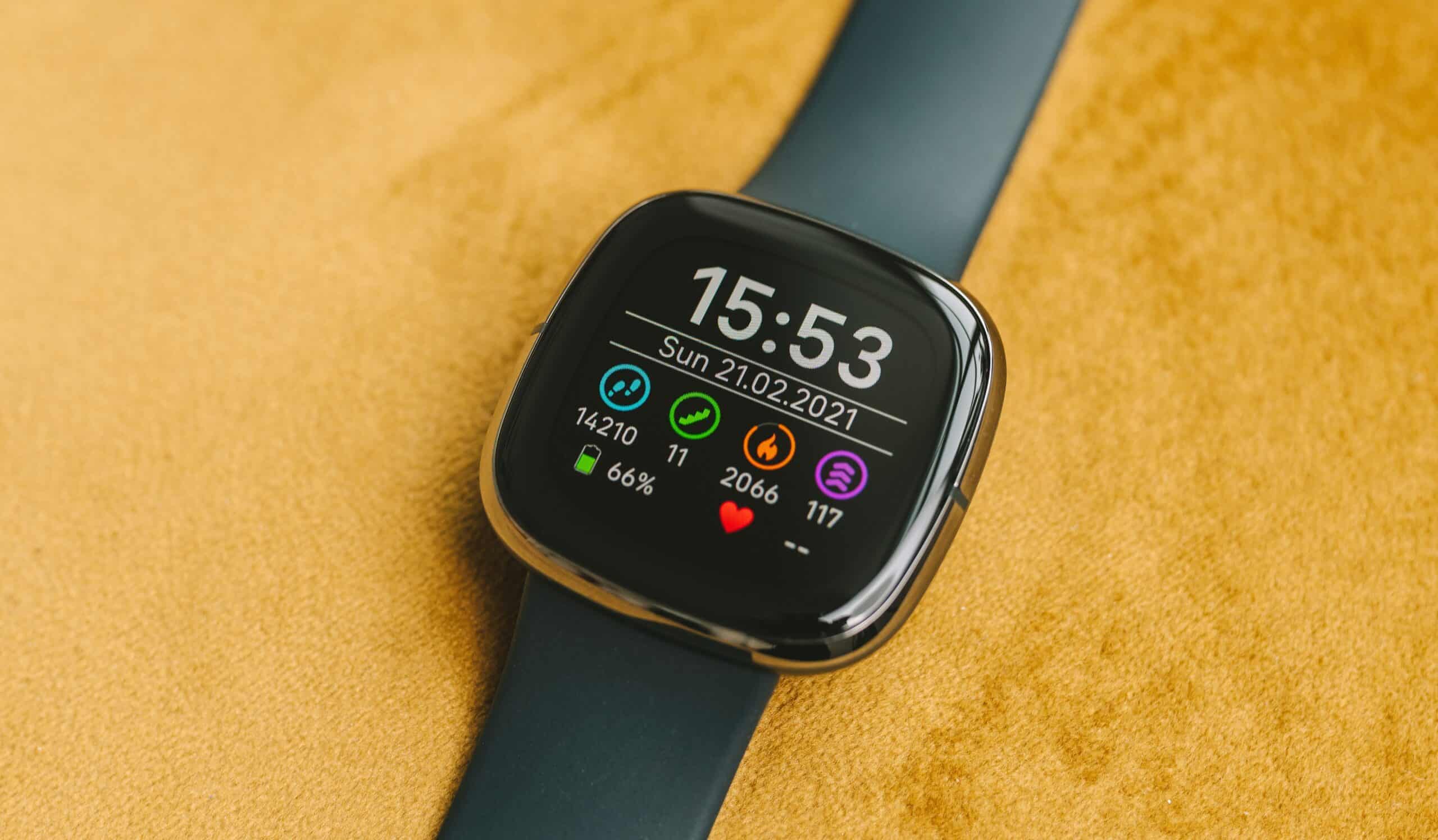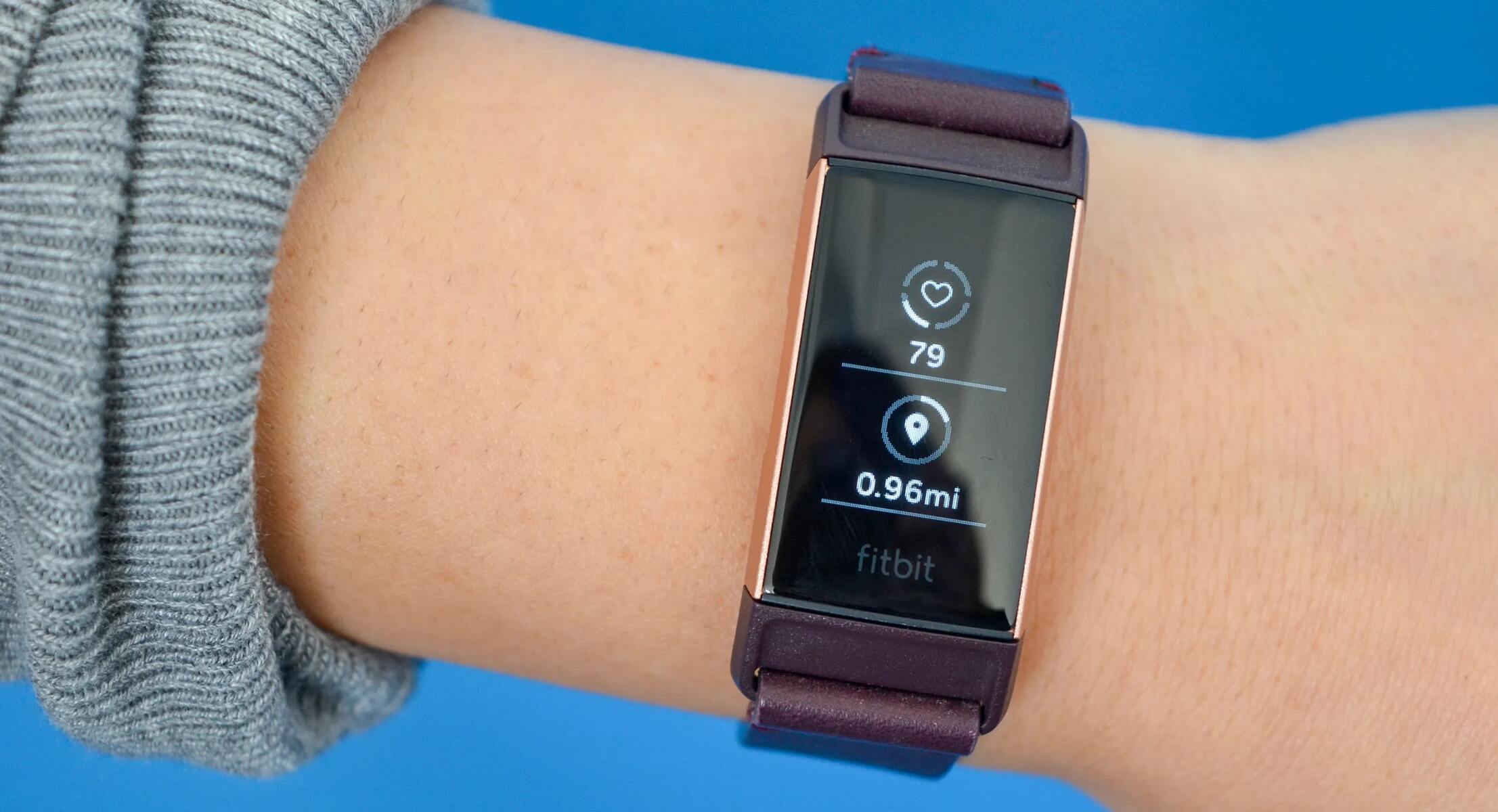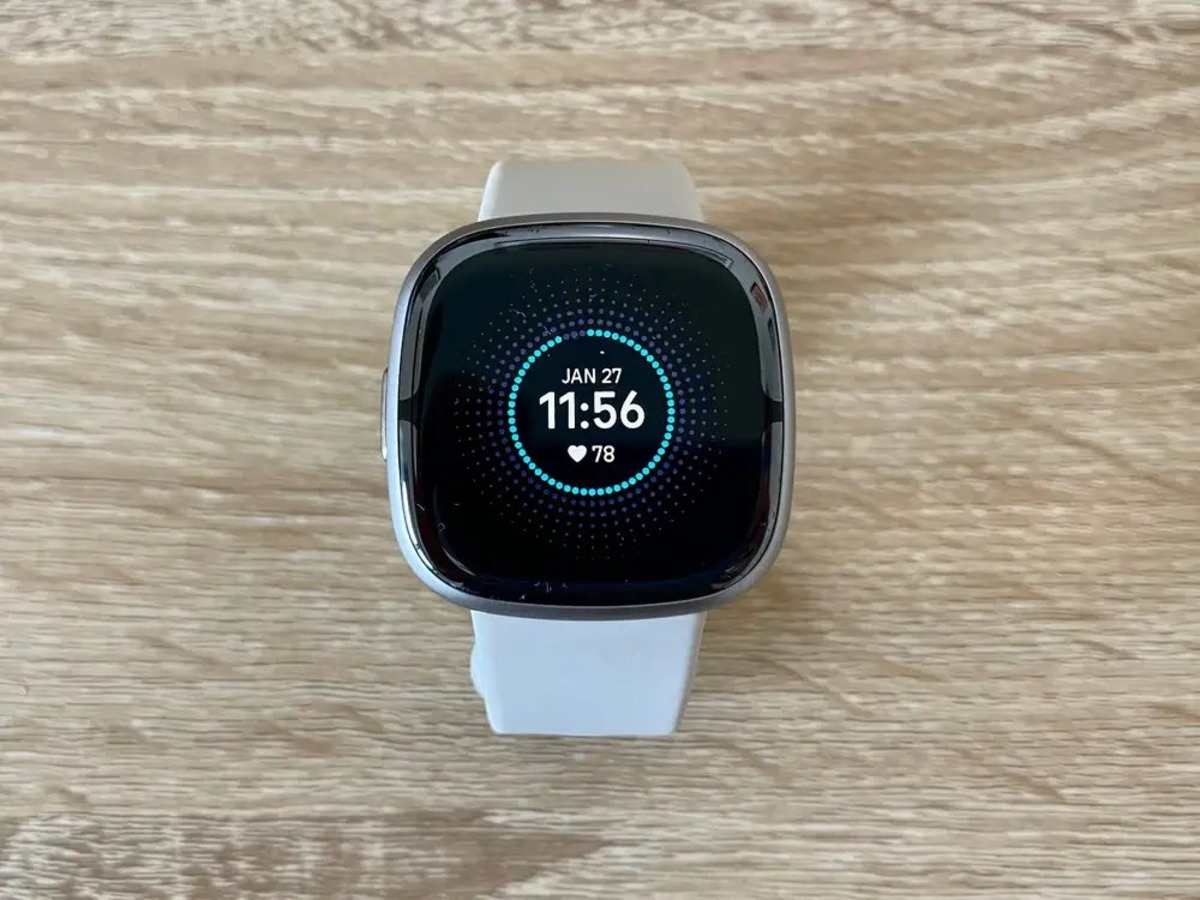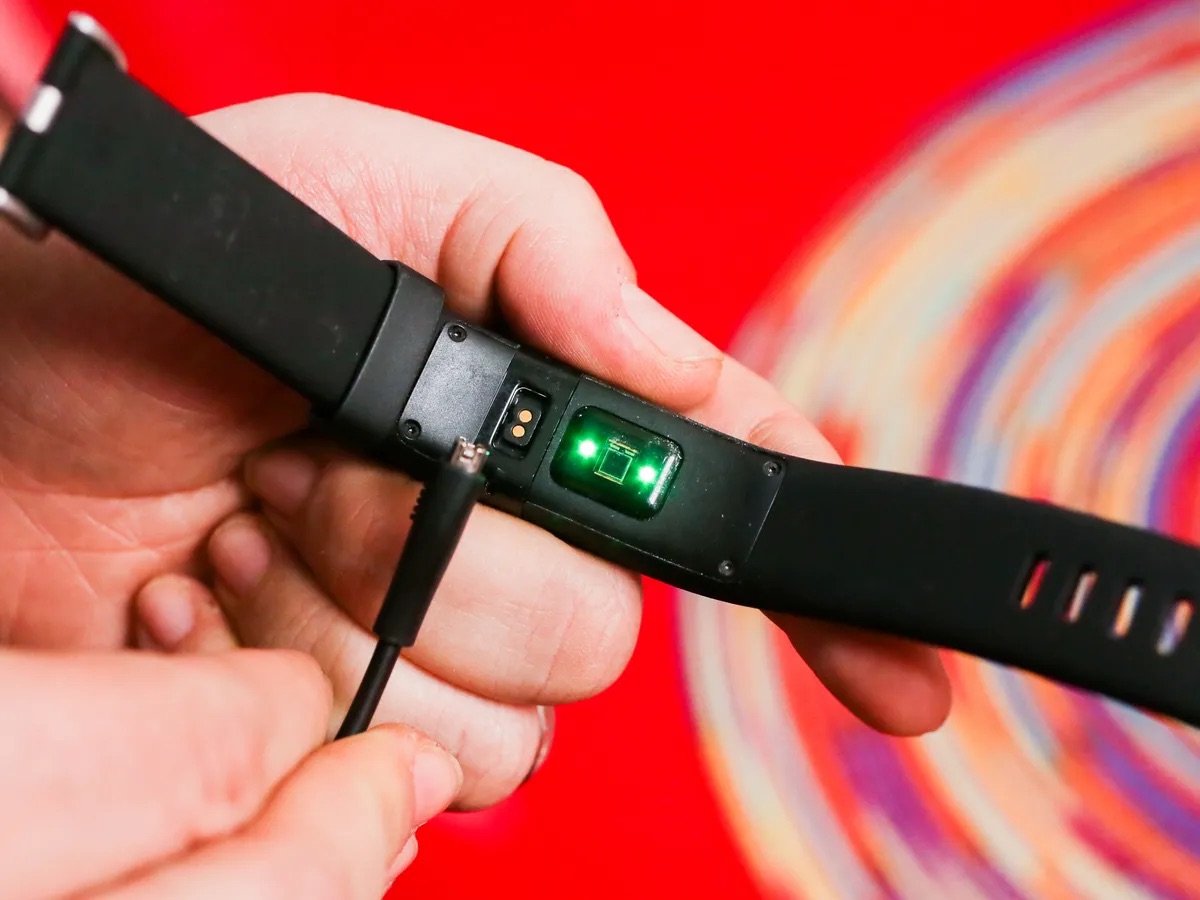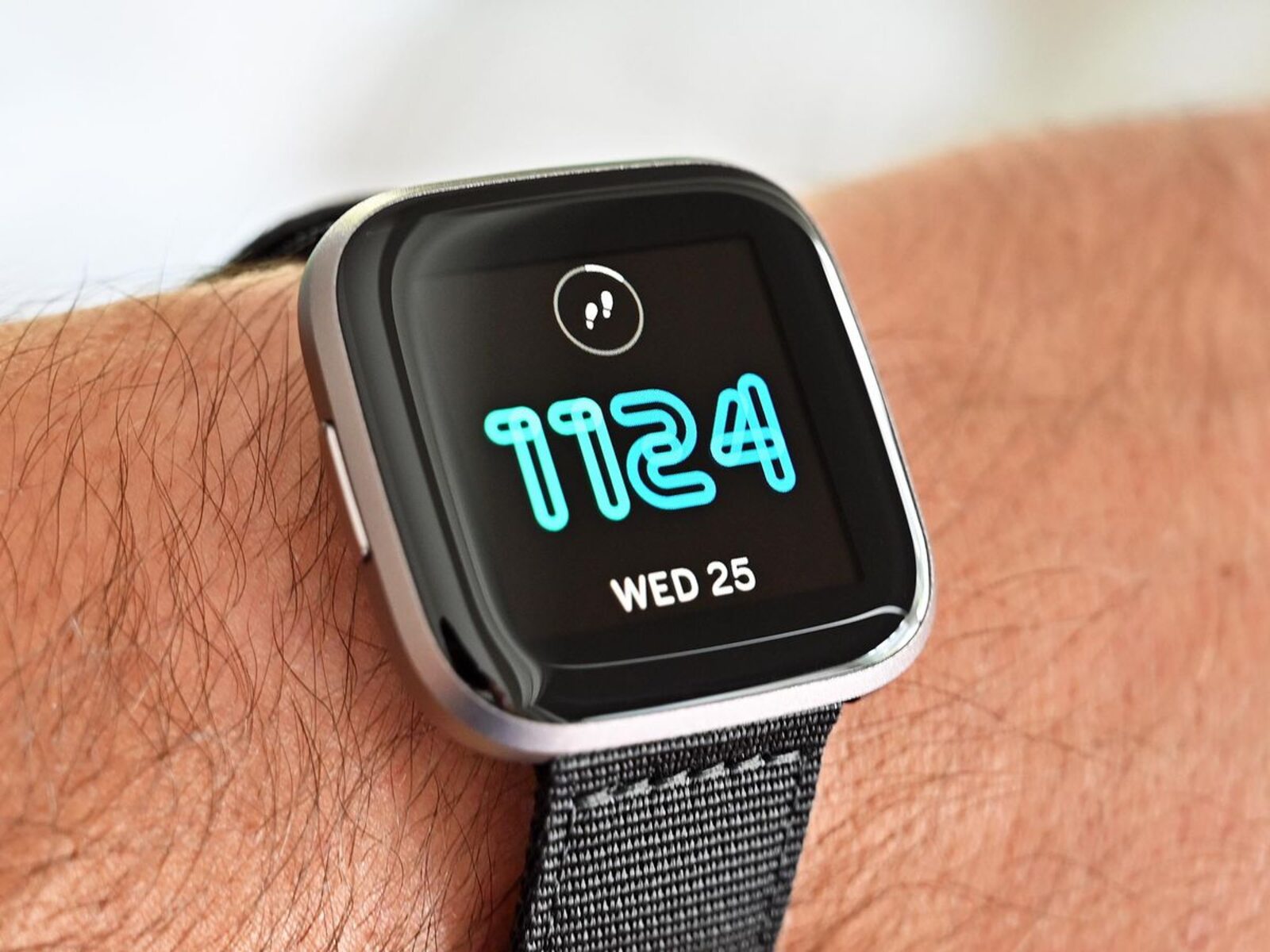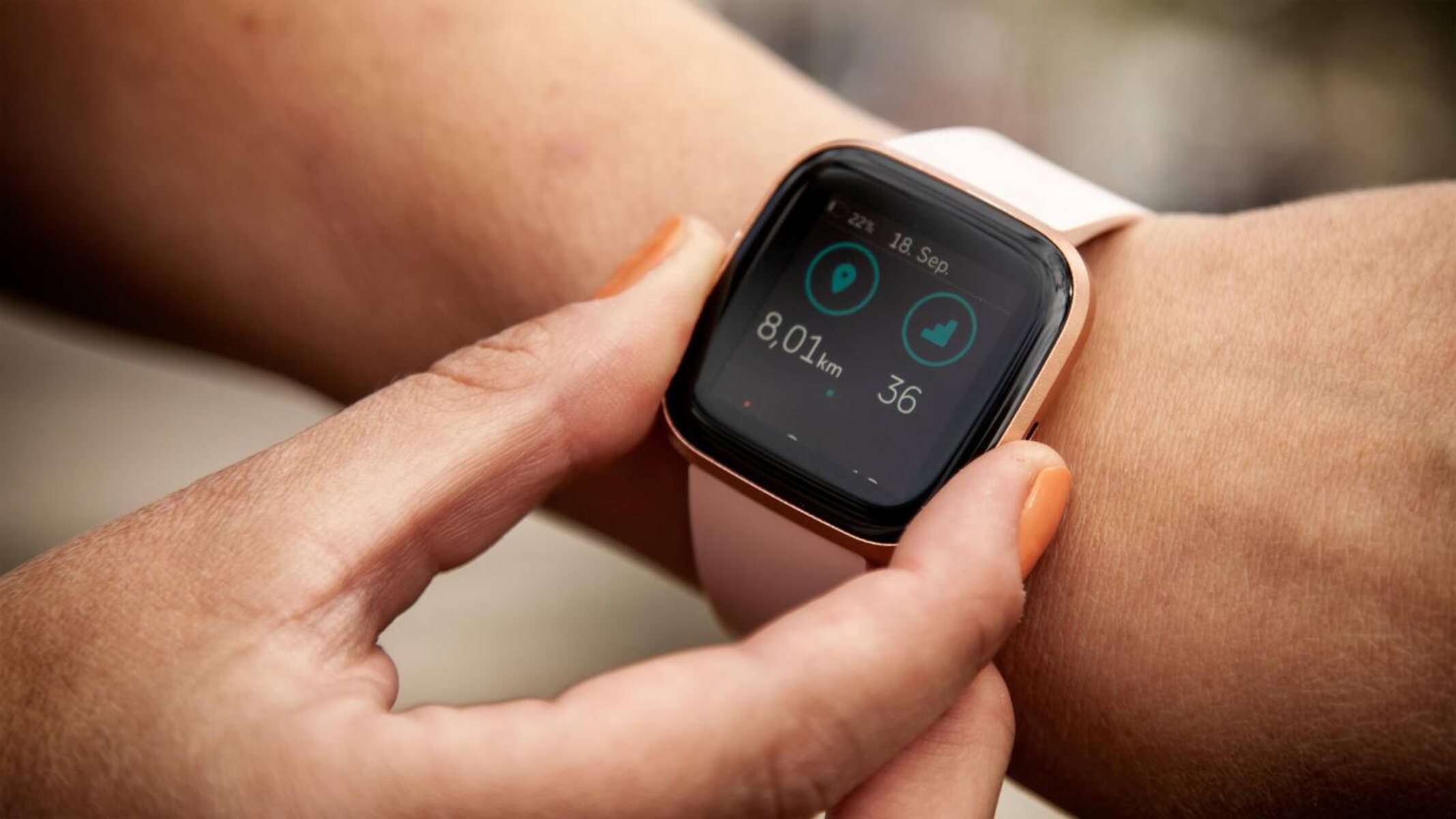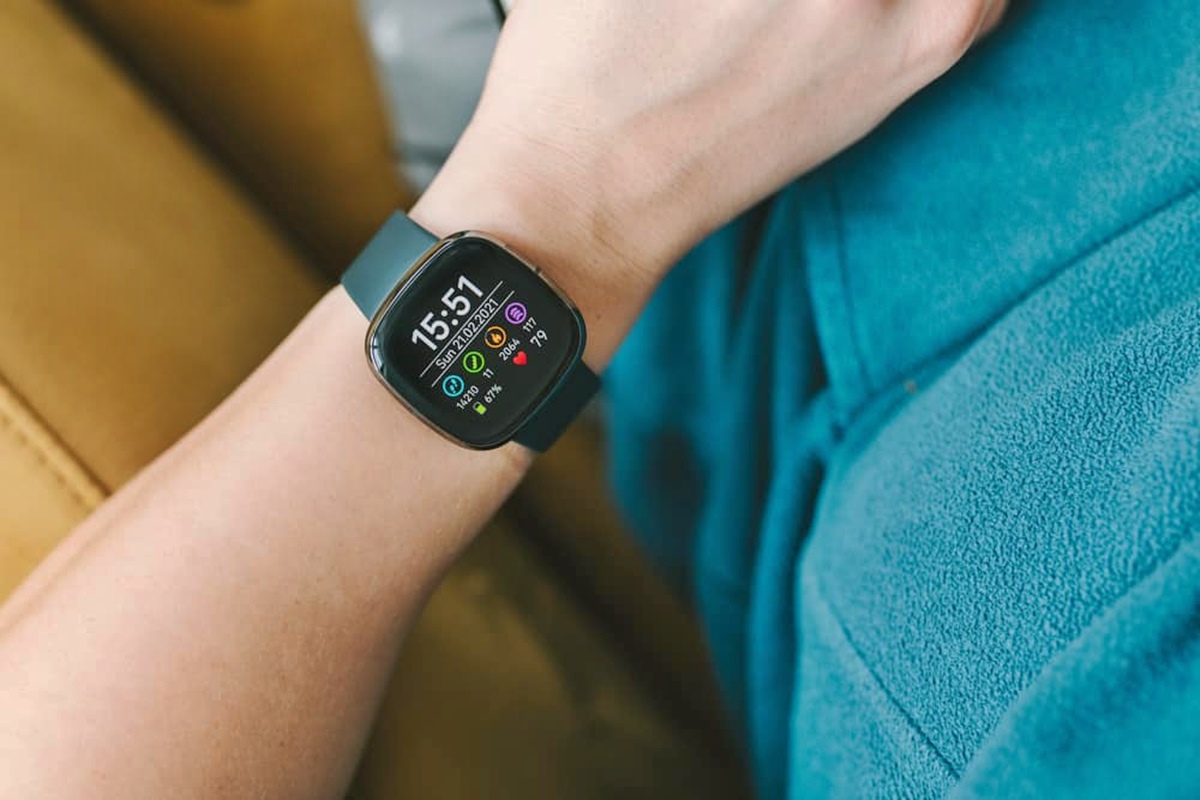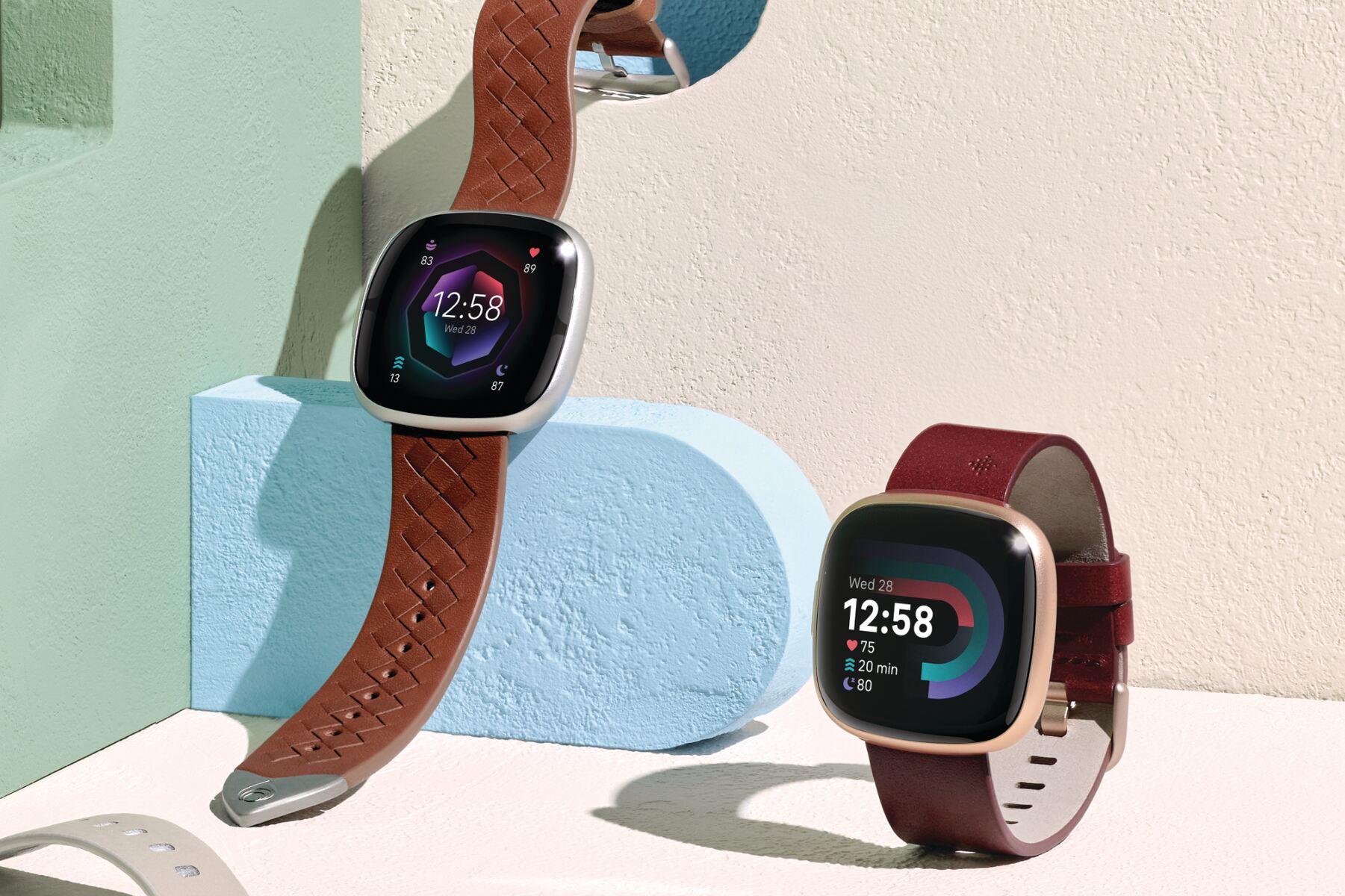Introduction
The Fitbit Versa is a popular smartwatch known for its sleek design, advanced fitness tracking features, and long-lasting battery life. Understanding the factors that influence the battery duration of the Fitbit Versa is crucial for users who rely on its functionality throughout their daily activities. Whether you're an avid fitness enthusiast, a busy professional, or simply someone who values the convenience of wearable technology, the battery life of your Fitbit Versa plays a significant role in your overall experience.
In this comprehensive guide, we will delve into the various factors that impact the battery life of the Fitbit Versa, providing valuable insights for users to better estimate and optimize their device's battery duration. From tracking fitness activities to receiving notifications and utilizing the smartwatch's diverse features, every aspect of the Fitbit Versa contributes to its overall battery performance. By gaining a deeper understanding of these factors, users can make informed decisions to maximize their device's battery life and ensure a seamless user experience.
Throughout this article, we will explore the impact of different usage patterns on battery consumption, offering practical tips to extend the Fitbit Versa's battery duration. Whether you're aiming to make the most of your smartwatch during workouts, workdays, or leisure time, optimizing its battery performance can significantly enhance your overall satisfaction with the device. By the end of this guide, you will have a comprehensive understanding of how to estimate, manage, and extend the battery life of your Fitbit Versa, empowering you to make the most of this innovative wearable technology.
Factors Affecting Fitbit Versa Battery Life
The battery life of the Fitbit Versa is influenced by a myriad of factors, each playing a crucial role in determining the overall duration of its charge. Understanding these factors is essential for users to effectively manage and optimize their device's battery performance. Here are the key elements that impact the battery life of the Fitbit Versa:
-
Display Settings: The display is a significant contributor to battery consumption. The brightness level and screen-on duration directly affect the overall battery life. Higher brightness settings and prolonged screen-on time result in increased power usage, leading to a shorter battery duration.
-
Activity Tracking: The Fitbit Versa's robust fitness tracking capabilities, including continuous heart rate monitoring and GPS tracking, can significantly impact battery life. Engaging in intense workout sessions or utilizing GPS for outdoor activities consumes more power, consequently affecting the device's battery duration.
-
Notifications and Connectivity: The smart features of the Fitbit Versa, such as receiving notifications, calls, and app alerts, require constant connectivity. The frequency of notifications and the strength of the Bluetooth connection play a pivotal role in battery consumption. Additionally, enabling features like Always-On Display and quick view can impact the overall battery life.
-
App Usage: Utilizing apps on the Fitbit Versa, such as music streaming, weather updates, and third-party applications, contributes to battery drain. The intensity and duration of app usage directly influence the device's power consumption.
-
Firmware and Software Updates: The installation of firmware and software updates can impact battery performance. While updates often include optimizations for improved efficiency, the initial installation process and potential background activities during updates can temporarily affect the device's battery life.
-
Environmental Factors: Environmental conditions, such as extreme temperatures and high humidity, can impact the battery performance of the Fitbit Versa. Exposure to temperature extremes can lead to accelerated battery drain, affecting the overall duration of the charge.
Understanding these factors empowers users to make informed decisions regarding their usage patterns and settings, ultimately leading to better management of the Fitbit Versa's battery life. By considering these elements, users can proactively optimize their device's battery performance and ensure a seamless experience across various activities and scenarios.
Estimating Battery Life Based on Usage
Estimating the battery life of the Fitbit Versa based on usage patterns involves a comprehensive understanding of how different activities and settings impact the device's overall power consumption. By considering the various aspects of daily usage, users can gain valuable insights into the expected duration of their Fitbit Versa's battery life, allowing for better planning and management of their device's charge.
Daily Activity Tracking
For individuals who frequently engage in fitness activities, such as workouts, running, or cycling, the Fitbit Versa's battery life can vary based on the intensity and duration of these activities. Continuous heart rate monitoring, GPS tracking, and active workout sessions contribute to higher power consumption, potentially leading to a shorter battery duration. By estimating the frequency and duration of such activities, users can anticipate the impact on their device's battery life and plan for recharging accordingly.
Smart Features and Connectivity
The usage of smart features, including receiving notifications, calls, and app alerts, directly influences the Fitbit Versa's battery life. Users who frequently receive a high volume of notifications or maintain constant Bluetooth connectivity may experience faster battery drain. Additionally, enabling features such as Always-On Display and quick view can impact the overall battery duration. By estimating the frequency and duration of smart feature usage, users can gauge the expected impact on their device's battery life and adjust settings as needed to optimize power consumption.
App Utilization
The usage of apps on the Fitbit Versa, such as music streaming, weather updates, and third-party applications, plays a significant role in battery consumption. Estimating the intensity and duration of app usage allows users to anticipate the impact on their device's battery life. By considering the frequency of app utilization and the power requirements of specific applications, users can better estimate the overall duration of their Fitbit Versa's battery charge.
Display Settings and Screen-On Time
The brightness level and screen-on duration directly affect the Fitbit Versa's battery life. Estimating the frequency and duration of screen activation, as well as adjusting brightness settings, provides users with insights into the expected impact on battery consumption. By considering these factors, users can estimate the overall battery duration based on their display settings and screen-on time, allowing for proactive management of power usage.
By carefully evaluating these usage patterns and settings, users can estimate the battery life of their Fitbit Versa across various activities and scenarios, enabling them to optimize their device's power consumption and ensure a seamless experience throughout the day.
Tips for Extending Fitbit Versa Battery Duration
Optimizing the battery duration of your Fitbit Versa is essential for ensuring a consistent and reliable user experience. By implementing the following tips, users can effectively extend the device's battery life across various activities and usage scenarios:
1. Adjust Display Settings:
- Reduce Brightness: Lowering the brightness level of the display can significantly conserve power, extending the overall battery duration.
- Customize Screen-On Time: Adjusting the screen-on duration to a minimal, yet practical, timeframe can minimize power consumption without compromising usability.
2. Manage Notifications and Connectivity:
- Selective Notifications: Prioritize essential notifications and limit non-critical alerts to reduce the frequency of display activations, conserving battery power.
- Bluetooth Management: Disabling Bluetooth when not actively using connected features can minimize power usage and extend the device's battery life.
3. Optimize App Usage:
- Minimize Background Activities: Closing unnecessary apps and limiting background activities can reduce power consumption, contributing to prolonged battery duration.
- Smart App Management: Utilize power-efficient apps and optimize their usage to minimize the impact on the Fitbit Versa's battery life.
4. Utilize Power-Saving Modes:
- Activate Battery Saver Mode: When the battery level is low, enabling the battery saver mode can extend the device's operational time by optimizing power usage and reducing non-essential features.
5. Regular Software Updates:
- Install Firmware Updates: Keeping the Fitbit Versa's firmware and software up to date ensures the implementation of optimized power management features and enhancements, contributing to improved battery performance.
6. Mind Environmental Conditions:
- Avoid Extreme Temperatures: Protecting the Fitbit Versa from exposure to extreme temperatures and high humidity can help maintain optimal battery performance, extending its overall duration.
By incorporating these practical tips into daily usage and management of the Fitbit Versa, users can effectively extend the device's battery duration, ensuring a seamless and uninterrupted experience across various activities and scenarios.
These strategies empower users to proactively manage their device's power consumption, optimizing the Fitbit Versa's battery life and enhancing its overall usability. With a thoughtful approach to battery management, users can maximize the potential of their Fitbit Versa, enjoying extended operational time and uninterrupted access to its diverse features and functionalities.
Conclusion
In conclusion, understanding the nuances of the Fitbit Versa's battery life is paramount for users aiming to maximize their experience with this innovative smartwatch. By delving into the factors that influence battery performance, estimating usage-based battery life, and implementing practical tips for extending battery duration, users can effectively manage and optimize their Fitbit Versa's power consumption.
The diverse elements that impact battery life, including display settings, activity tracking, notifications, app usage, firmware updates, and environmental factors, provide valuable insights into the multifaceted nature of power management for the Fitbit Versa. By comprehensively considering these factors, users can make informed decisions about their device usage, ensuring efficient battery performance across various activities and scenarios.
Estimating battery life based on usage patterns allows users to anticipate the impact of fitness activities, smart features, app utilization, and display settings on their Fitbit Versa's operational time. This proactive approach empowers users to plan and manage their device's battery duration effectively, aligning it with their daily routines and preferences.
Furthermore, the implementation of practical tips for extending the Fitbit Versa's battery duration offers users actionable strategies to optimize power consumption. By adjusting display settings, managing notifications and connectivity, optimizing app usage, utilizing power-saving modes, staying updated with software enhancements, and considering environmental conditions, users can proactively enhance their device's battery life.
Ultimately, by integrating these insights and strategies into their daily usage and management of the Fitbit Versa, users can enjoy an extended operational time, seamless access to smart features, and uninterrupted fitness tracking. The careful balance of functionality and power management ensures that users can derive the utmost value from their Fitbit Versa, enhancing their overall experience with this advanced wearable technology.
In essence, the comprehensive understanding of battery life factors, the estimation of usage-based battery duration, and the implementation of practical tips collectively empower users to optimize the Fitbit Versa's battery performance. This, in turn, elevates the device's usability, reliability, and overall appeal, aligning with the diverse needs and preferences of users across different lifestyles and activities.







